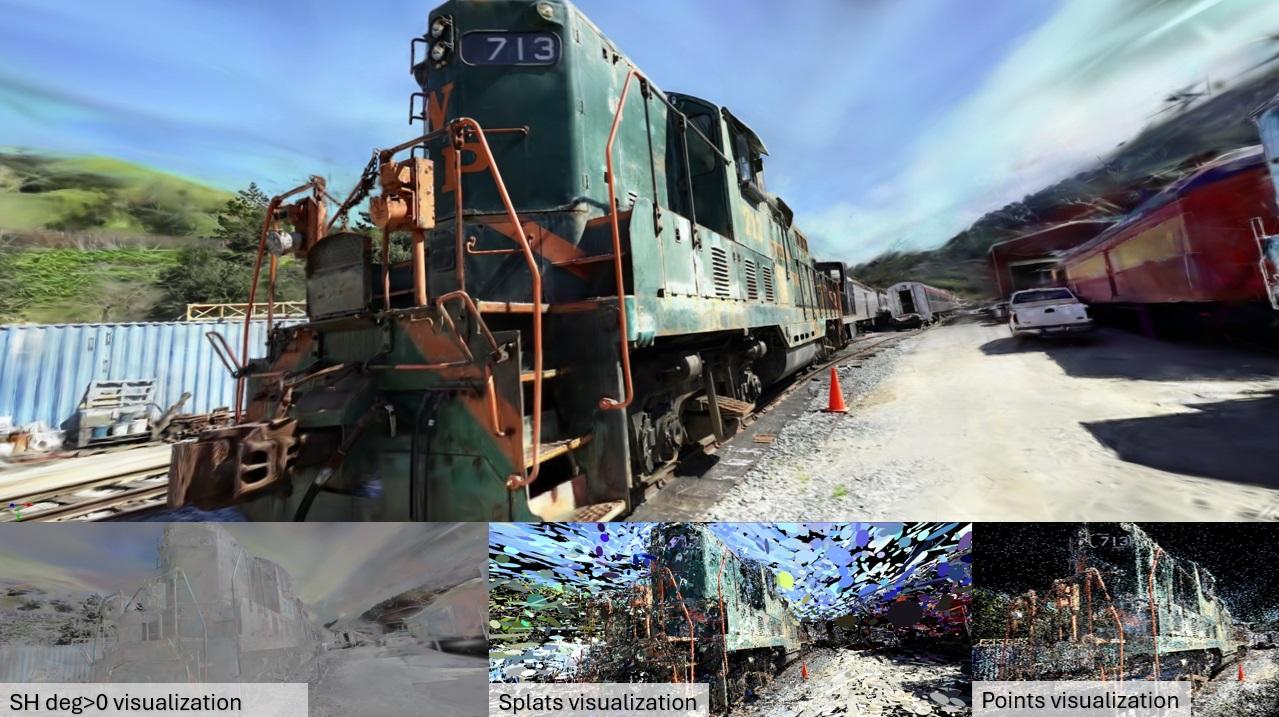Real-Time GPU-Accelerated Gaussian Splatting with NVIDIA DesignWorks Sample vk_gaussian_splatting

Table of Contents
- Introduction
- Real-Time GPU-Accelerated Gaussian Splatting with NVIDIA DesignWorks Sample
- Techniques Demonstrated in vk_gaussian_splatting
- Rendering splats with mesh shaders
- Rendering splats with vertex shaders
- GPU-based Radix Sort for back-to-front sorting
- CPU-based asynchronous sorting strategy
- Features of vk_gaussian_splatting Sample
- Visualization modes for inspecting Gaussian splats
- Benchmarking system for real-time profiling
- Memory consumption details
- GPU timings for different techniques
- Graphical reports for analysis
- Conclusion
- References
Introduction
The introduction provides an overview of the vk_gaussian_splatting sample project, which demonstrates real-time Gaussian splatting using the Vulkan API. Gaussian splatting is a volume rendering technique that efficiently represents radiance fields, making it ideal for rendering photorealistic scenes in real-time applications.
Real-Time GPU-Accelerated Gaussian Splatting with NVIDIA DesignWorks Sample
This section discusses the NVIDIA DesignWorks sample project vk_gaussian_splatting, which serves as a testbed for exploring and comparing various approaches to real-time visualization of 3D Gaussian splatting. The sample leverages Vulkan to demonstrate rendering techniques for Gaussian splats, emphasizing performance, quality, and implementation trade-offs.
Techniques Demonstrated in vk_gaussian_splatting
- Rendering splats with mesh shaders: One of the approaches showcased in the sample involves using mesh shaders to render Gaussian splats efficiently.
- Rendering splats with vertex shaders: Another technique demonstrated is rendering splats using vertex shaders, providing alternative methods for visualization.
- GPU-based Radix Sort for back-to-front sorting: The sample includes a GPU-based Radix Sort implemented in a compute pipeline to ensure correct back-to-front sorting for alpha compositing.
- CPU-based asynchronous sorting strategy: An asynchronous sorting strategy is implemented using the C++ STL multithreaded sort function for efficient sorting of Gaussian splats.
Features of vk_gaussian_splatting Sample
- Visualization modes for inspecting Gaussian splats: Users can explore various visualization modes to inspect different aspects of Gaussian splats, including spherical harmonics, splats, and point density.
- Benchmarking system for real-time profiling: The sample provides a benchmarking system for real-time profiling, enabling developers to analyze performance metrics during rendering.
- Memory consumption details: Detailed information on RAM and VRAM memory consumption is available to understand data streaming for rendering purposes.
- GPU timings for different techniques: GPU timings for each stage of the rendering techniques are provided to identify workload distribution and potential bottlenecks.
- Graphical reports for analysis: Graphical reports are generated based on performance numbers to facilitate in-depth analysis of rendering processes.
Conclusion
The vk_gaussian_splatting sample serves as a valuable resource for developers interested in experimenting with Gaussian splatting rendering techniques and Vulkan optimizations. It offers a starting point for exploring real-time rendering of neural radiance fields, providing insights into performance optimization and quality enhancement strategies.
References
- GitHub Repository: nvpro-samples/vk_gaussian_splatting